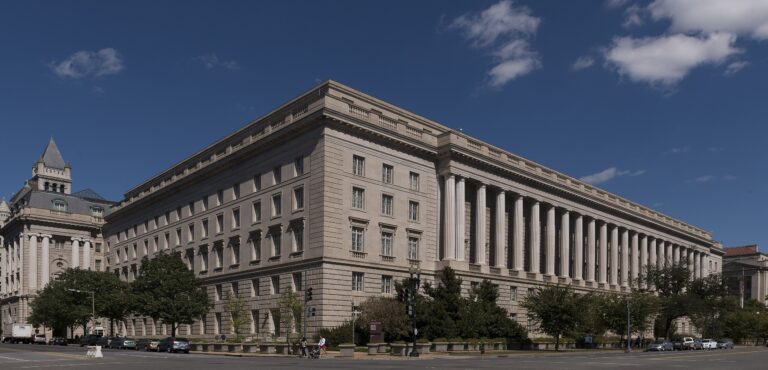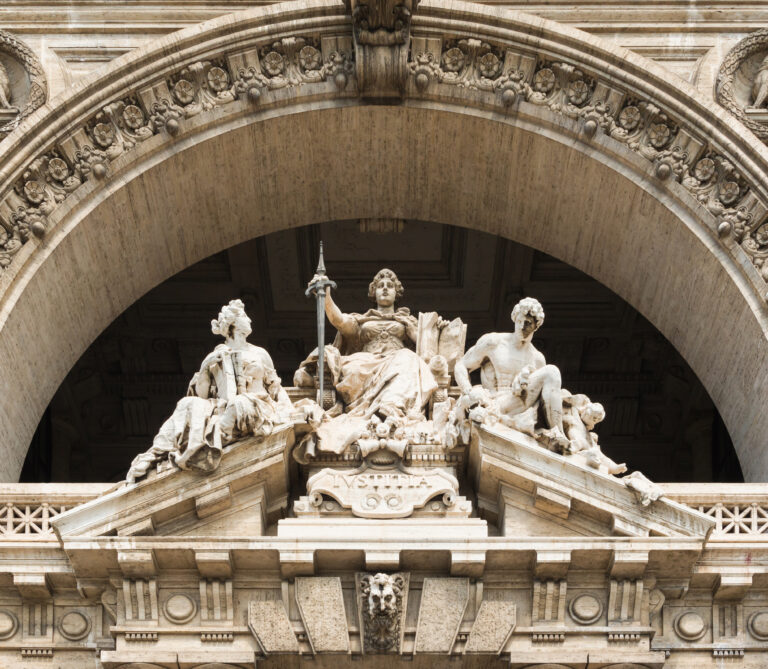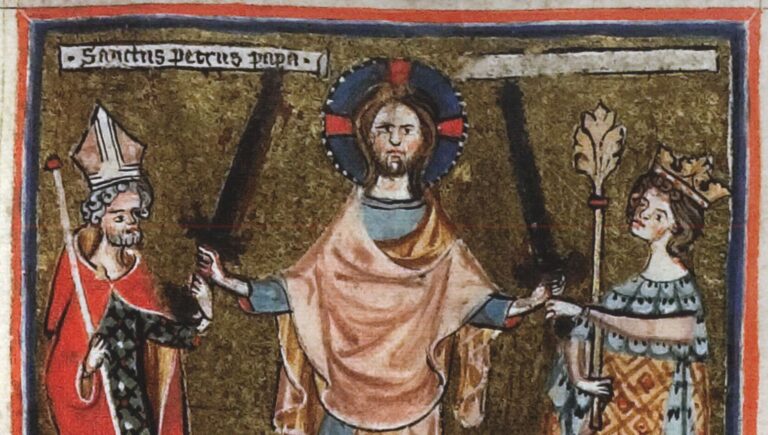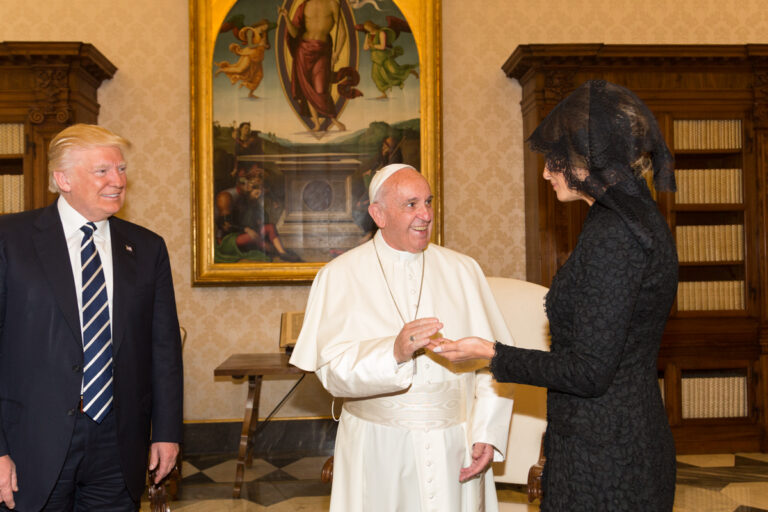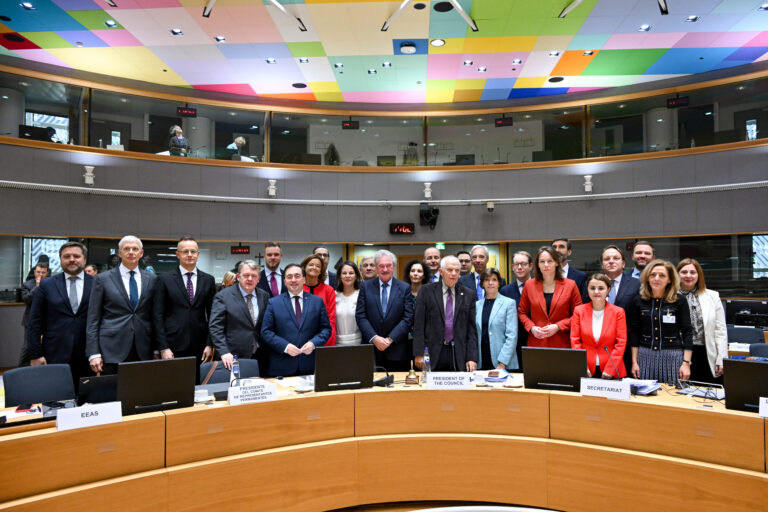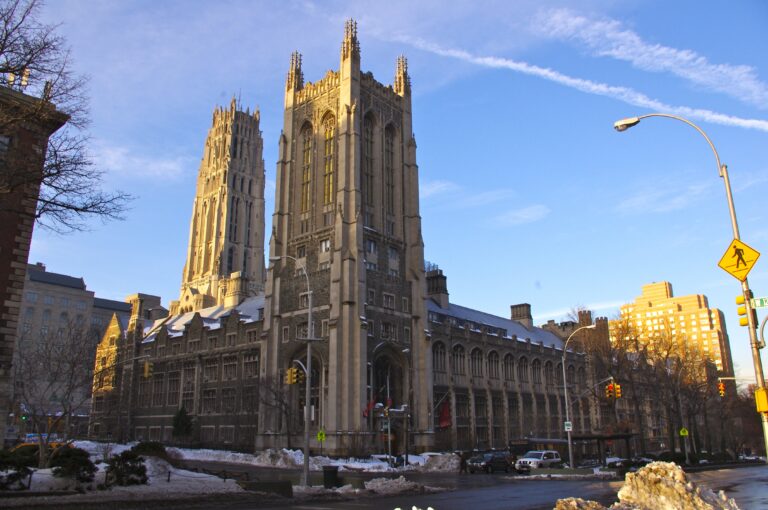
Religious Freedom Research: The Impediment of Two Words
James C. Wallace
Lake Geneva by Dmitry A. Mottl (CC BY-SA 4.0).
This article is part of our virtual symposium and essay series, “Masking Religious Freedom Violations.” Read more here.
The analytic systems employed to identify religious freedom violations often run into a barrier erected by two words – religious freedom. These two words are common jargon in International Religious Freedom (IRF) and Freedom of Religion or Belief (FoRB) spaces. How one interprets and applies these two words often predetermines the results of the analytic or investigative process.
What exactly is meant by the word “religion?” Formal religion? Informal belief systems? Monotheistic, polytheistic, or atheistic religion? New spiritual practices, minority expressions, or amorphous categories like “nones?” Similarly, what are the components and categories included in a definition of “freedom?” Who determines if freedom of religion exists in a nation state? How does one account for differences in culture, governmental systems, and history in defining freedom for religion?
Some might argue that this is a philosophical debate better suited for the musty halls of academia. However, it has real world implications. It impacts the interpretation and application of international human rights law. It influences how countries are judged by their peers during the Universal Periodic Review of the U.N. Human Rights Council in Geneva. Reviews are conducted regularly on all of the 193 UN Member States. It affects how data is interpreted, arguments are advanced, and policy solutions are promoted by governments, think tanks, and global religious bodies often involving millions of dollars.
For international law, the problem began in 1948 with the adoption by the United Nations (UN) of the Universal Declaration of Human Rights (UDHR). Article 18 of the UDHR states that “Everyone has the right to freedom of thought, conscience and religion.” However, “religion” is never defined. Article 18 lists some of the characteristics found in more formal religions – “teaching, practice, worship and observance” – yet it does not go further in detailing a definition.
International religious freedom lawyer and U.S. special government representative Knox Thames states in his book on religious freedom, “It was not an accidental oversight by Mrs. Roosevelt” that the UDHR never defines religion:
Determining the divine is an inherently personal decision best left for individuals and groups to self-define. What one may consider sacred, another may consider sinful. Consequently, the Article 18 definition of religious freedom is expansive.
Other international conventions on religious freedom mirror the model provided by the UDHR. For example, the 1953 European Convention on Human Rights, the 1966 International Covenant on Civil and Political Rights (ICCPR), and the 1990 Cairo Declaration of Human Rights in Islam all state that “everyone” has the right to “freedom of thought, conscience and religion.” The European and Islamic statements go further and provide a caveat: “Freedom to manifest one’s religion or belief may be subject only to such limitations as are prescribed by law and are necessary to protect public safety, order, health, or morals or the rights and fundamental freedoms of others.” However, still no clear definition of “religion” is articulated.
In 1993, the forty-eighth session of the UN Human Rights Committee sought to resolve the deficiency of a precise meaning of “religion” in Article 18 of the ICCPR (and likewise Article 18 of the UDHR). This action was precipitated by the fact that the ICCPR is an international treaty which has the force of law. Clear legal definitions are necessary for the proper enforcement of any treaty. Thus, the UN Human Rights Committee detailed the meaning and scope of “religion” in its General Comment No. 22 adopted on 30 July 1993.
The seventeen-hundred-word comment opens by acknowledging the challenge of defining religious freedom and specifies that “religion” is to be “broadly construed:”
The right to freedom of thought, conscience and religion (which includes the freedom to hold beliefs) in article 18.1 is far-reaching and profound; it encompasses freedom of thought on all matters, personal conviction and the commitment to religion or belief, whether manifested individually or in community with others. . . .
Article 18 protects theistic, non-theistic and atheistic beliefs, as well as the right not to profess any religion or belief. The terms “belief” and “religion” are to be broadly construed. Article 18 is not limited in its application to traditional religions or to religions and beliefs with institutional characteristics or practices analogous to those of traditional religions. The Committee therefore views with concern any tendency to discriminate against any religion or belief for any reason, including the fact that they are newly established, or represent religious minorities that may be the subject of hostility on the part of a predominant religious community.
General Comment No. 22 further addresses the right to manifest one’s beliefs, to choose or change one’s beliefs, to provide education according to one’s beliefs, to be protected from governments using religion for propaganda or military purposes, and discriminations based on religion or belief. At present, the description supplied by General Comment No. 22 is the most complete and beneficial definition of “religion” in any of the international declarations, conventions or treaties dealing with religious freedom.
Understanding and interpreting “religion” in the context of human rights is further complicated by the fact that it is a “bundled” right that does not stand on its own. It is almost always mentioned or grouped with other human rights when presented:
Freedom of thought, conscience, or belief
Freedom of choice
Freedom of expression and speech
Freedom of participation and assembly
Freedom of education and teaching
Freedom to possess property
Freedom to have legal status
This approach of using a “basket” of rights to provide definition is akin to the sociological concept of “intersectionality” which provides explanation through connecting overlapping elements, as in a Venn diagram.
Where this becomes particularly relevant and important is in the debates that take place in international bodies over whether freedom of religion exists in a particular nation state. These judgements, if negatively decided, can result in sanctions or legal punishments for offending nations. What more restrictive or totalitarian nation states defensively argue in settings like the UN Human Rights Council is that the real concern is not actually “religion” but one of the other bundled rights. In so doing, the debate is deflected from a discussion of “religion” to an ancillary issue that is argued ad nauseam.
The definitional debate over what is considered “religion” is assisted by comprehensive databases such as the World Religion Database which breaks down belief systems more in keeping with General Comment No. 22. Yet specificity of this type is often lacking in the discussions and debates on religious freedom by international assemblies and governments.
A second major challenge to effective analysis of religious freedom is the scope and meaning of the word “freedom,” which is conceptualized differently according to a nation state’s constitution, governmental structure, regulatory laws, and history. In 1648, the Peace of Westphalia ended the Thirty Years Wars in Europe and established the principle of cuius regio, eius religio – “whose the realm, theirs the religion.” The Westphalian treaties created the modern system of nation states, introduced the concept of territorial sovereignty, and made religion a domestic matter for each sovereign state to determine. Accordingly, each state was given the authority to establish the parameters of “freedom” of religion within its boundaries. In response, many European states designated official state religions granting each special privileges. In some cases, the ruler of the state was also made the head of the state religion. Yet despite this preferential treatment of official state religions, “freedom” of religion was generally promised to all. The point in question is what form this “freedom” took?
With the adoption of the Constitution of the United States of America in 1789, freedom of religion was given a place of prominence and protection by the U.S. Bill of Rights. The First Article of the Bill of Rights guarantees that the government will not establish any official state religion, nor shall it limit the free exercise of any religious practice. Although religious freedom is guaranteed, the scope and limits of “freedom” of religion ultimately became defined by the legal decisions of the U.S. Supreme Court, as well as laws adopted by the U.S. Congress. The much vaunted American “separation of Church and State” has come to contain restrictions and legal boundaries. Thus, even American “freedom” of religion is not absolute.
Other nation states are founded on specific religious systems. For example, the State of Israel was declared in 1948 to be a sovereign Jewish state – a home and safe haven for Jewish people, both ethnically and religiously. The importance of creating a Jewish state to protect the Jewish people was first advanced by Theodor Herzl in his 1896 pamphlet, Der Judenstaat (The Jewish State). Established as a liberal democracy with many non-Jewish citizens, Jewishness however is the uncompromised heart of the State of Israel to be protected and preserved at all costs.
One year earlier, the Islamic Republic of Pakistan was declared in 1947 with the partitioning of British India. Pakistan was intended from its formation to be the home and religiously safe space for the Muslim peoples of British India. In 1991, the Pakistani parliament declared Islamic Law to be the supreme law of the land, while at the same time guaranteeing limited rights to non-Muslims. Similarly, Islamic republics were established in Mauritania in West Africa (1958) and Iran (1979) making the Islamic faith not only the majority religion, but also the religious foundation for the political and legal systems of the countries. In these “religious” states – all ostensibly democracies – “freedom” of religion is often restricted and in some ways banned for non-official religions.
Another complication in defining “freedom” of religion is the legal and social systems instituted by some nation states. France has a constitutional system of religion and secularism known as laïcité. It divides the practice of religion between the private and public sectors. French law dominantly relegates religion to the private sector, yet religion is still supported in the public domain. For example, the government of France provides public funding to religious bodies like the Great Mosque of Paris. Further, according to a 1905 French law, the government owns and maintains all churches built before 1905, including Notre Dame de Paris. Turkey adopted a similar model to France in defining the relationship between religion and state. It is called laiklik. Like France, Turkey established this different model of “freedom” of religion in response to the hegemony and corruption of a prior religious system. These secularizing movements were a reaction to the prior hegemony and corruption of Catholicism in France and Islam in Turkey
Post-revolutionary Communist China looked to both France and Turkey in shaping its own approach to religion. In 1982, China adopted a new Constitution that guaranteed “freedom of religious belief” in Article 36:
Citizens of the People’s Republic of China enjoy freedom of religious belief. No state organ, public organization or individual may compel citizens to believe in, or not to believe in, any religion; nor may they discriminate against citizens who believe in, or do not believe in, any religion. The State protects normal religious activities. No one may make use of religion to engage in activities that disrupt public order, impair the health of citizens or interfere with the educational system of the state. Religious bodies and religious affairs are not subject to any foreign domination.
Although not explicitly stated, the Chinese “freedom of religious belief” includes the freedom to manifest and practice one’s faith. Yet there are limits to this “freedom” in China. First, there are five officially recognized and governmentally authorized religions: Buddhism, Daoism, Islam, Christian Protestantism, and Christian Catholicism. These five religious expressions are controlled by individual “patriotic associations” which closely monitor all the activities of the religion. Second, there exist other non-official religious expressions like Judaism, Mormonism, Chinese folk religions, and Christian house churches, which operate under the government’s strict oversight. Third, Chinese religions operate under rigorous laws, policies and regulations which seek to protect the unique character of Chinese religion – “sinicization” – and assure its freedom from foreign domination. Religion in China is administered by the United Front Work Department of the Chinese Communist Party’s Central Committee. Thus, “freedom” of religion in China takes a form viewed by most in the West as not free.
But who has the right and authority to declare whether “freedom” of religion exists or not? The United Nations? How do different nation states adopting divergent models of religious organization judge the religious systems of their fellow governments? What is the legal foundation and intellectual framework for such assessments?
In sum, the challenge to the “religious freedom” analytic task is the lack of definition and clarity for the two words that lie at the heart of the exercise. I do not believe that it is an impossible task to measure and evaluate the data surrounding the “religious freedom” of nation states. However, as in any authoritative analytic endeavor, the nature of the “religions” being investigated and the scope of the “freedom” being judged, must be clearly spelled out at the beginning. Care must be taken to compare like structures and systems. Divergences and distinctions must be identified and appropriately weighted in mathematical models. Lastly, to the degree possible, some intellectual and legal framework should be identified as establishing the foundation of the investigative process. Only then can religious freedom research move beyond subjectivity and be accepted as a valid scientific exercise. ♦

Jim Wallace is a professor, author, religious leader, and consultant. He specializes in International Relations and Religion, focusing on U.S.-China relations, political Islam, religion in the battle space, and religion and American foreign policy. Jim has served for over 35 years as a clergyman, political advisor, and government consultant in the United States and Canada
Recommended Citation
Wallace, James. “Religious Freedom Research: The Impediment of Two Words.” Canopy Forum, January 6, 2025. https://canopyforum.org/2025/01/06/religious-freedom-research-the-impediment-of-two-words/.
Recent Posts




